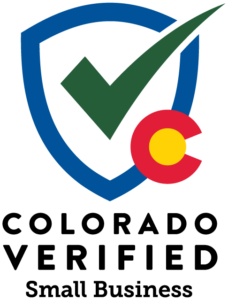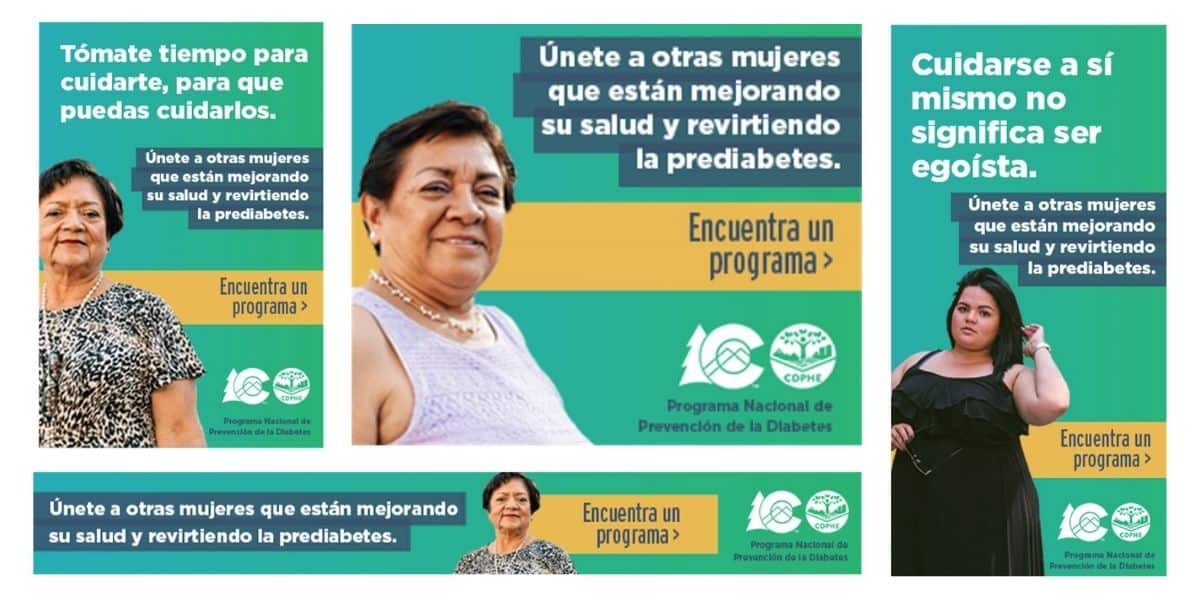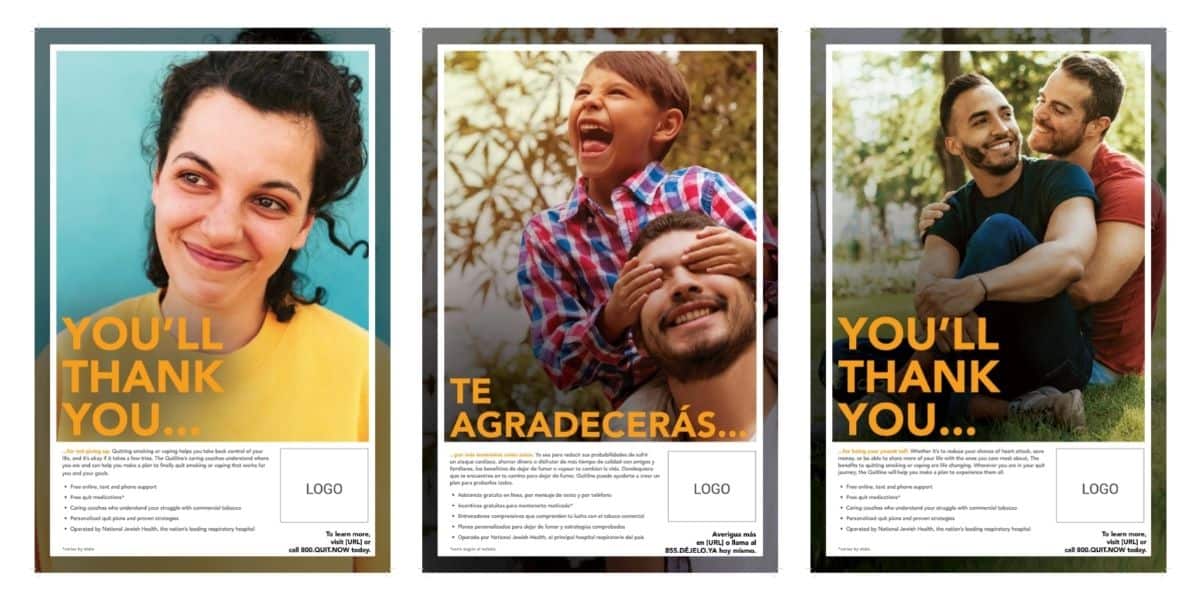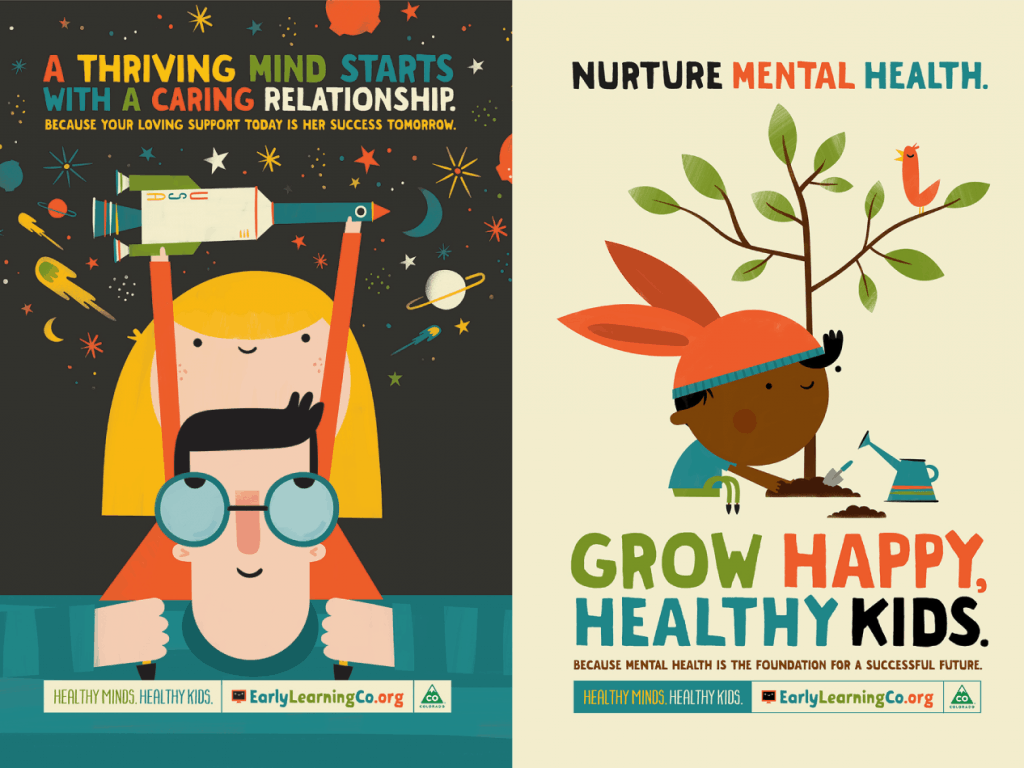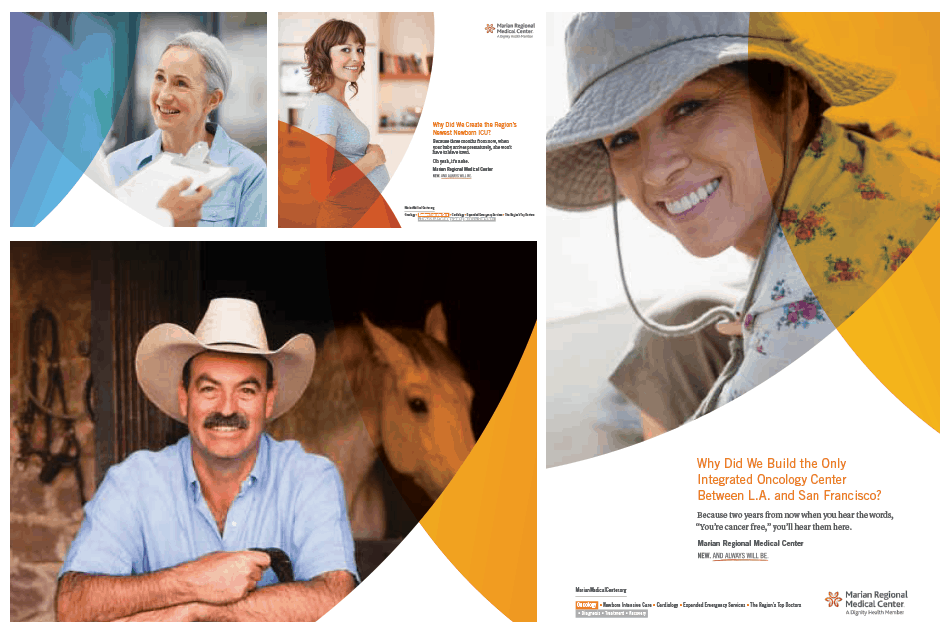
For the first time since the 1940s, people of retirement age outnumber teens and young adults in the workplace. Today, you are just as likely to work with a Baby Boomer as you are a Generation Z up-and-comer.
Older people are working longer, and retiring later. Gen Z tech-natives are entering internships and entry-level positions at younger ages than their older counterparts.
And now more than ever, Colorado’s population is reflective of national trends that are showing an aging populace, a drift that impacts healthcare, transportation and housing. By 2030, Colorado’s population of 65+ adults will surge to 1.24 million, a jump of 125% since 2010.
These trends portend a broadening spectrum of ages — and perspectives — in the workplace. Effective, empathic cross-generational communication and collaboration are no longer optional, but vital, to productive work.
My friend Carol Willis, a proud baby boomer and founder of her own communications firm, first introduced me to a key idea that has shaped my view of the importance of cross-generational communication: cross-mentoring.
“When we work and communicate with those of different generations, the older ones are not simply teaching the younger ones. Cross-mentoring is a posture that assumes everyone is a teacher, and everyone is a learner,” she shared.
To her point, effective cross-generational communication is more of a posture than a prescription. It provides the means for positive relationships to form, and productivity to increase. But it also means working — and living — with the posture of a learner, which often exposes us to discomfort.
The same mindset can be applied to cross-cultural communication or any social setting where we are asked to see the perspective of another. It can be challenging, frustrating or uncomfortable. But with a posture of openness, we can begin to see the benefit and opportunity in our differences with others, rather than arguments to be made or ideologies to defend.
Here are a few suggestions to help you build connection and positive communication with your colleagues, clients and contacts of all ages and generations.
- Embrace opportunities. When you work with those who are older than you, you can help them stay up to date on current trends. In turn, they can pass on experience-based wisdom to you. Seize the opportunity to tap into their knowledge and stories.
- Remember that challenges are natural — but we can move past them. Staying stuck in the difficulties costs efficiency and rapport. Do you have negative assumptions about the other party that are affecting your work? How can you learn more about them as a person — or the generational influences that have shaped them — in order to move forward more productively?
- Set aside time to learn and relearn. When you need to communicate with teammates, start by learning how they prefer to be approached. Communicate more in the beginning until you know how best to work together. Note the positive attributes of each person and what each individual contributes to a team. You may find that you have a healthy lineup of diverse talents that are all necessary.
- Make time outside of your most urgent projects to interact with those of different generations. It may also be helpful to go through a communications training or activity as a team to better understand one another. This practice is also effective for building cross-generational friendships.
- Focus on shared values. Focus your energy on the end goal of your work. Write down the values you have in common and your objectives, and post them in a place where they are easy to see and reference. Focusing on commonalities will direct your energy in a positive, forward-thinking way.

